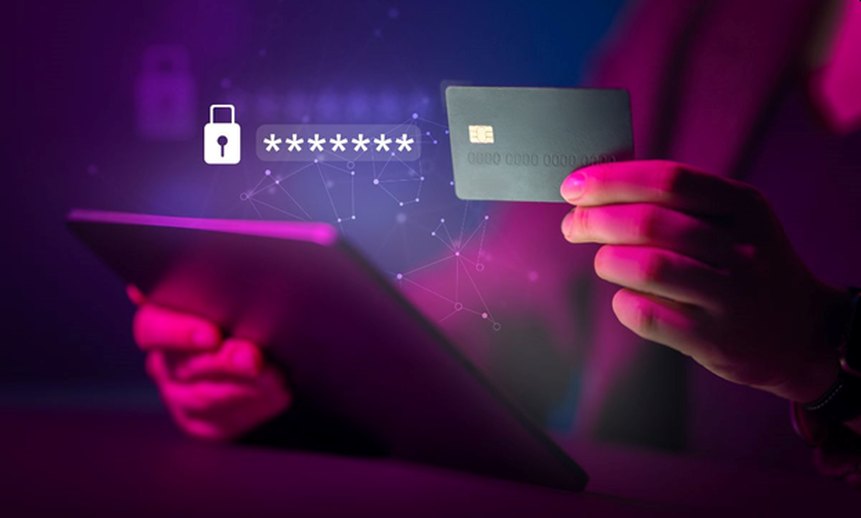4 Tips for Protecting Your Startup From An Insider Threat

Modern cybersecurity uses several complex tools to thwart attackers. However, even the most sophisticated tool struggles to combat malicious insider threats. So, what is an insider threat, and why are they so potent?
Briefly, insider threats are dangers a disgruntled employee poses to your startup. For instance, an executive who doesn’t feel valued might retaliate by leaking sensitive information. Insider attacks are usually executed by high-level employees since they tend to have credentials that access a wide range of information.
Malicious insider threats are potent because they occur within your network. Even the best tool will struggle to eliminate these attacks, with the best option only being able to limit the potential damage. However, insider threats are far from impossible to stop. Here are four ways to do this.
Monitor content transmission
Modern cybersecurity is geared toward protecting you from outsider attacks. Insiders typically bypass these controls and transmit sensitive information on public forums. While detecting such an intention is almost impossible, you can stop a leak in its tracks with proactive content monitoring.
First, make a list of content that will damage your business if leaked. For instance, financial data, customer information, and product development data leaks will damage your brand’s image with your customers. Map critical keywords in these pieces of content and set online alerts monitoring those phrases.
For example, you can set up a Google Alert that will notify you if sensitive language present in your documents is found online. Next, enforce content filtering throughout your organization, scanning for these sensitive words or phrases.
You can monitor conversations on IM and emails between employees surrounding these sensitive subjects. Note that a malicious employee might still smuggle this information out on encrypted devices. In such cases, setting up alerts is the best way to mitigate the damage once the lead has occurred.
Reduce privileged access
A common mistake most companies make is offering every high-level employee privileged access to sensitive systems. For example, the CEO almost always has deep access to IT systems, even when they are not central to the business. Worse, a non-technical CEO is unlikely to use their ID to operate those systems.
These ghost IDs are a security nightmare for teams to track since they rarely show up on user logs. Often, teams forget these IDs exist, giving malicious attackers a chance to infiltrate a system. They are also a prime hunting ground for malicious attackers since they can spoof identities, making it challenging for teams to track the culprit.
One way of limiting this risk is to reduce the number of privileged IDs you issue. You can go a step further and implement Zero Trust protocols that call for limiting access for specific times. Once an entity has received the information it needs, its access ends automatically.
A malicious insider can circumvent these checks, but the controls limit the damage the insider can cause. Also, if the number of privileged IDs is low, spoofing someone else’s identity is close to impossible. The result is quicker threat detection and mitigation.
Examine your employee off-boarding processes too. Disgruntled ex-employees are a serious threat for carrying out insider attacks. Revoke all privileges the moment they leave and automate these processes.
Install user behavior analytics
User behavior analytics, or UBA, is quickly gaining ground, and with good reason. UBA is additional functionality that accompanies most cybersecurity platforms. These modules monitor network activity and form baseline patterns you can use to compare abnormal activity against.
For instance, UBA monitors a credential’s network activity over a few months and detects unusual network usage. Typically, these modules will restrict abnormal activity until reviewed by a security supervisor. If innocent, the credential can resume its work. If not, your security team can escalate the situation and take steps to mitigate any potential threats.
When installing UBA, understand that these modules do not act in a Big Brother fashion. That is, they do not create profiles or control what individuals do on your network. Instead, they aggregate data and classify activity based on credential information. Thus, all your security team sees are ID strings, not personal information.
UBA does not prevent ID spoofing due to its anonymized nature. However, when used in conjunction with other controls, you can nip any threats in the bud and increase awareness of network activity.
Educate employees
Insider threats originate from your employees and they remain your first line of defense. Work to reduce any issues with your policies that might be creating disgruntlement. Also, train your employees to spot potential insider attacks.
For example, an employee boasting of how much access they have or complaining about how they’re dissatisfied with the company and are contemplating getting back at it, etc. These are telltale signs of a potential insider attack. Of course, talking isn’t a crime.
However, you can adjust your security monitoring controls to view any malicious activity from that user, minimizing the chance of an attack taking place.
Insider threats need special attention
Insider threats are tough to combat but far from impossible to stop. Use the techniques mentioned in this article to minimize threats and protect your network, inside and out.




